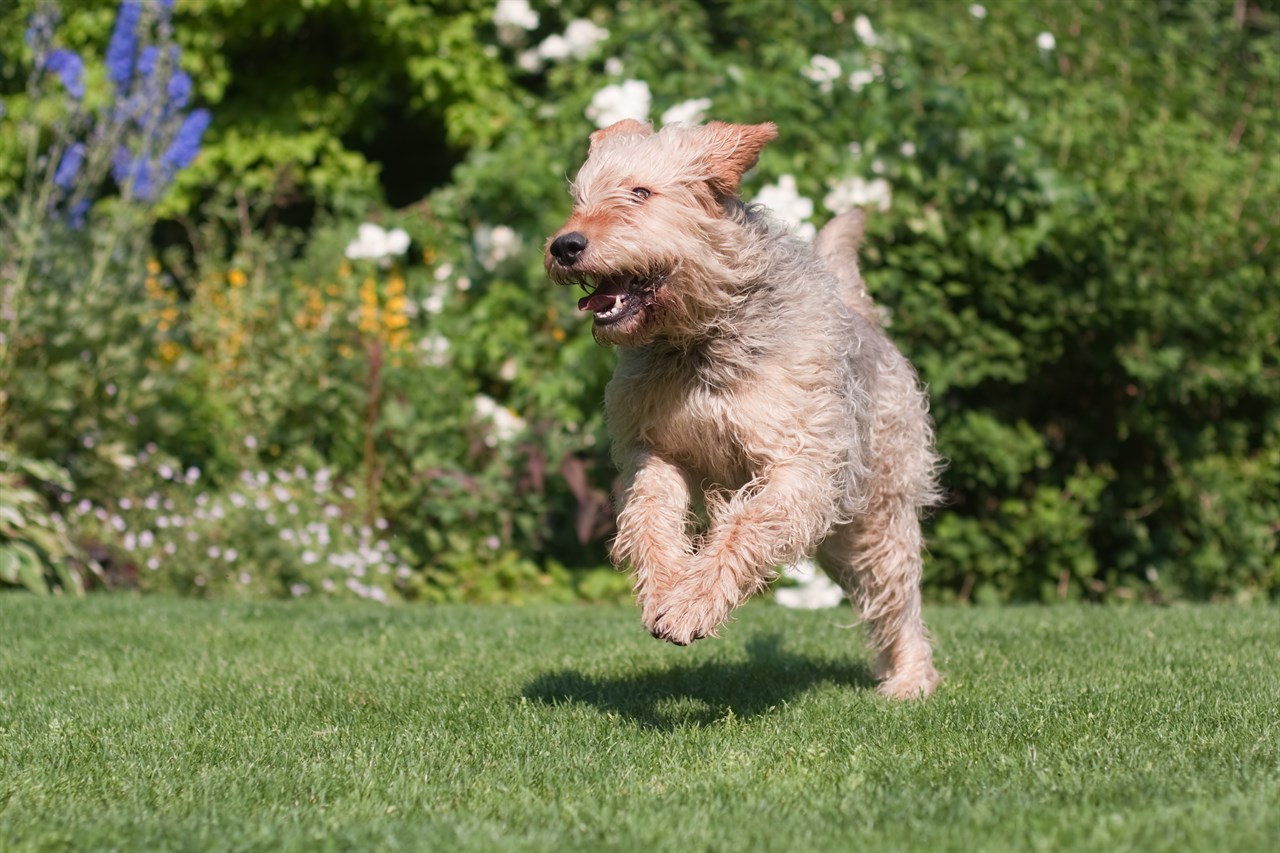Toilet Training the Otterhound

Toilet training, also known as housebreaking or potty training, is an essential aspect of raising a well-behaved and house-friendly Otterhound. While every dog is unique and may have slightly different learning curves, the following guidelines can help you successfully toilet train your Otterhound.
Start Early
Begin toilet training as soon as you bring your Otterhound puppy home. Puppies have smaller bladders and may need to relieve themselves more frequently than adult dogs, so it's crucial to establish good habits from the beginning.
Establish a Routine
Consistency is key when toilet training any dog, including Otterhounds. Set a regular schedule for feeding, potty breaks, and playtime. Puppies often need to go after eating, drinking, or waking up, so plan accordingly.
Choose a Designated Spot
Designate a specific area in your yard where you want your Otterhound to go potty. Consistently taking them to this spot will help them associate it with bathroom breaks. Use a leash to lead them to the spot and wait for them to do their business.
Reward and Positive Reinforcement
When your Otterhound successfully goes potty in the designated spot, immediately reward them with praise, treats, or affection. Positive reinforcement helps reinforce the desired behaviour. Use a consistent command or phrase, such as "go potty," so your dog associates it with the act.
Supervision
Keep a close eye on your Otterhound, especially during the initial stages of training. If you notice signs like sniffing, circling, or whining, it's a cue that they may need to go outside. Quickly take them to the designated spot.
Clean Accidents Promptly
Accidents will happen, especially with puppies. When accidents occur indoors, clean them up promptly and thoroughly to eliminate any lingering scent. Dogs may return to the same spot if they can still smell their waste.
Crate Training
Crate training can be a useful tool for toilet training. Dogs generally avoid soiling their sleeping area. Use a appropriately sized crate for your Otterhound and gradually increase the time they spend inside it. Take them out to potty immediately after letting them out of the crate.
Be Patient
Toilet training takes time, and setbacks are normal. Avoid punishment for accidents, as it can create fear and anxiety around potty training. Instead, focus on positive reinforcement and consistency.
Gradual Freedom
As your Otterhound demonstrates consistent success with toilet training, you can gradually increase their freedom in the house. However, continue to supervise them until you are confident in their reliability.
Seek Professional Help if Needed
If you encounter significant difficulties with toilet training or your Otterhound seems to be having accidents despite your best efforts, consider seeking guidance from a professional dog trainer or behaviourist. They can provide specialised advice and techniques tailored to your dog's needs.
Remember that every dog is unique, and some may take longer to toilet train than others. Be patient, stay consistent, and provide plenty of positive reinforcement to help your Otterhound become a well-mannered and house-trained companion.
Otterhound puppies for sale
- Find Otterhound puppies for sale in ACT
- Find Otterhound puppies for sale in NSW
- Find Otterhound puppies for sale in NT
- Find Otterhound puppies for sale in QLD
- Find Otterhound puppies for sale in SA
- Find Otterhound puppies for sale in TAS
- Find Otterhound puppies for sale in VIC
- Find Otterhound puppies for sale in WA